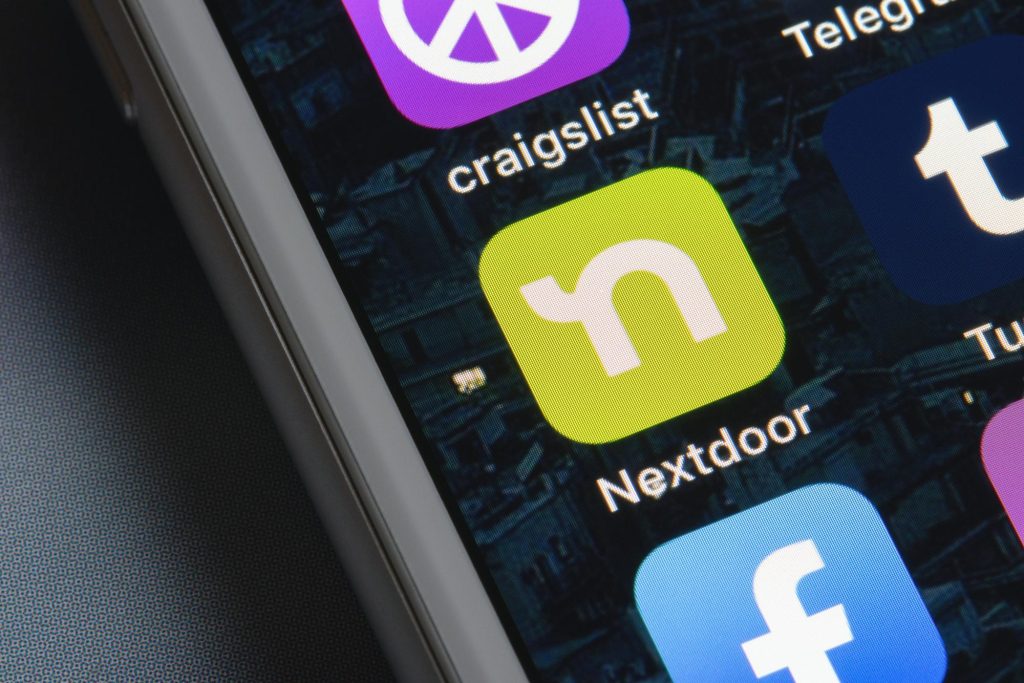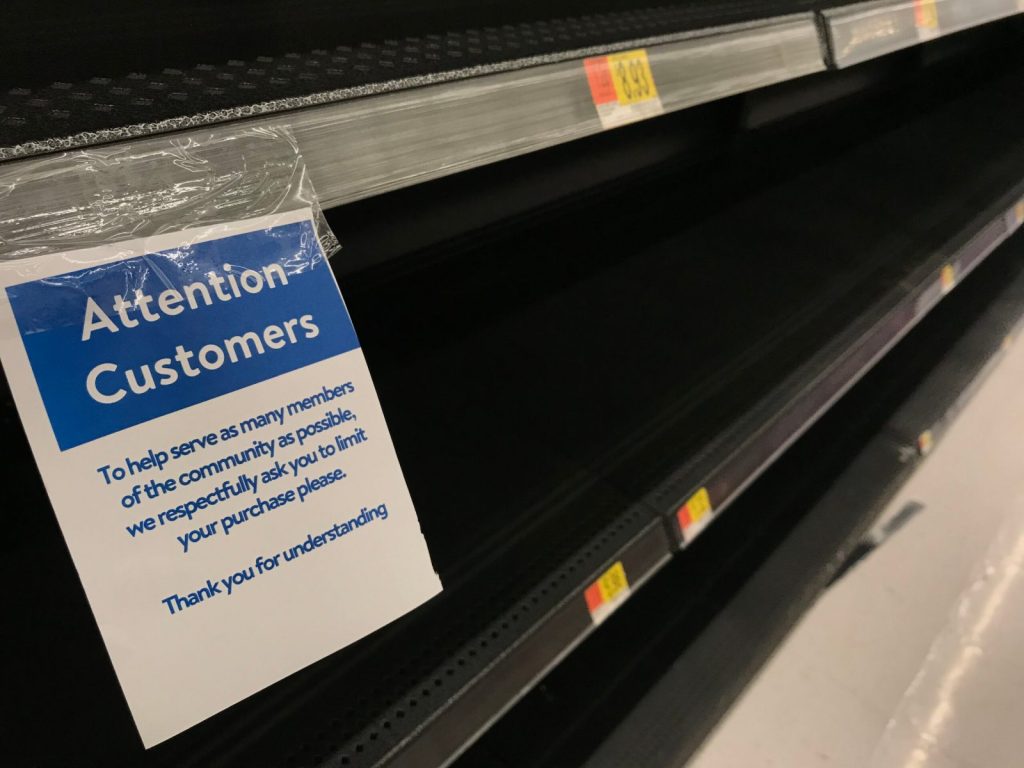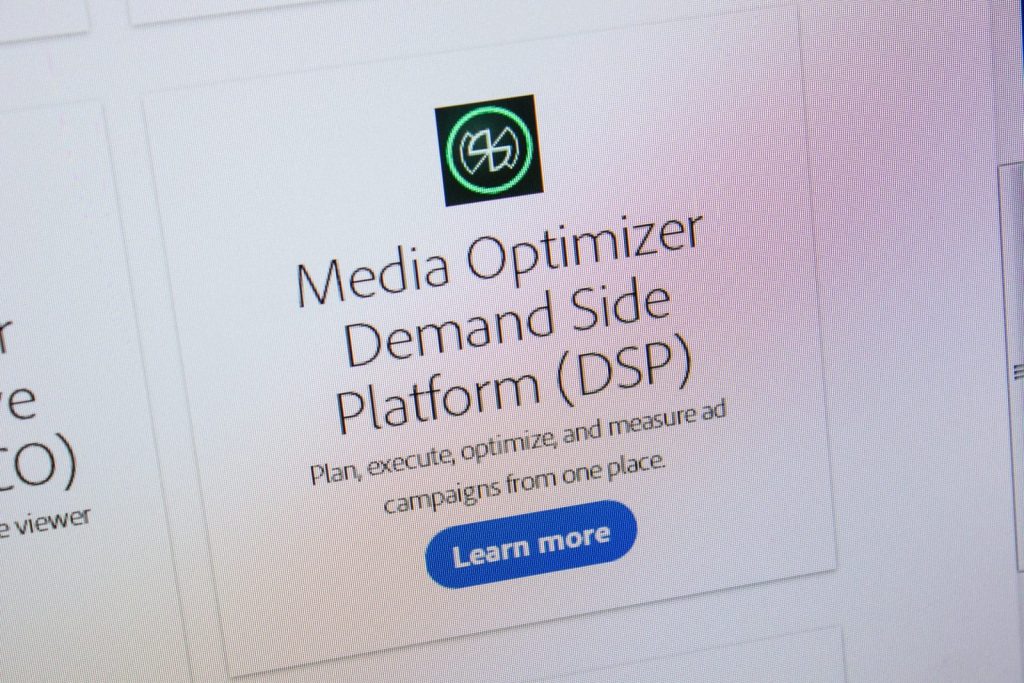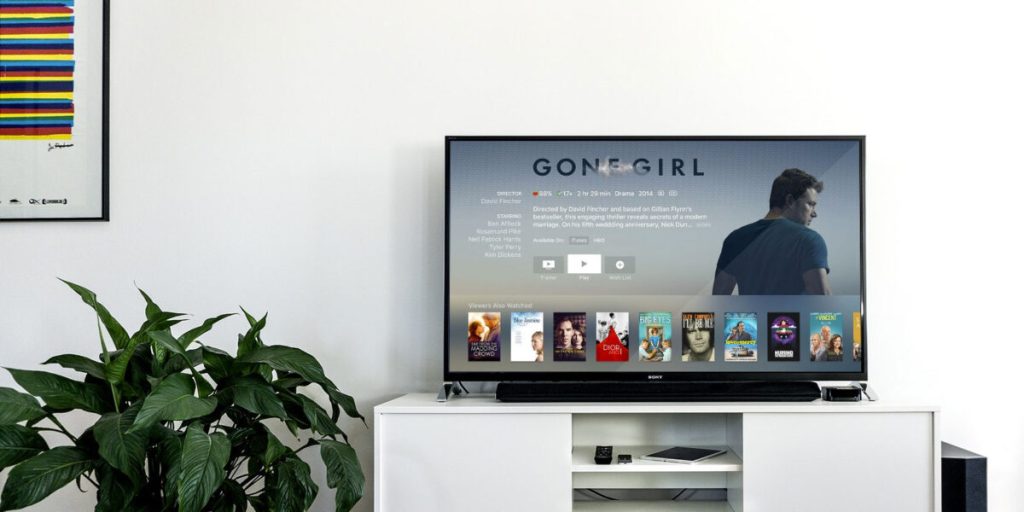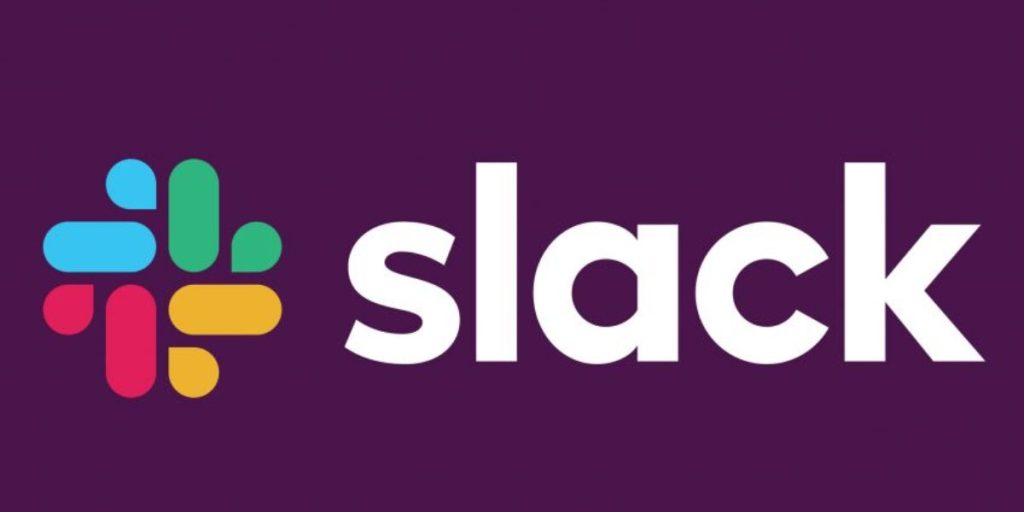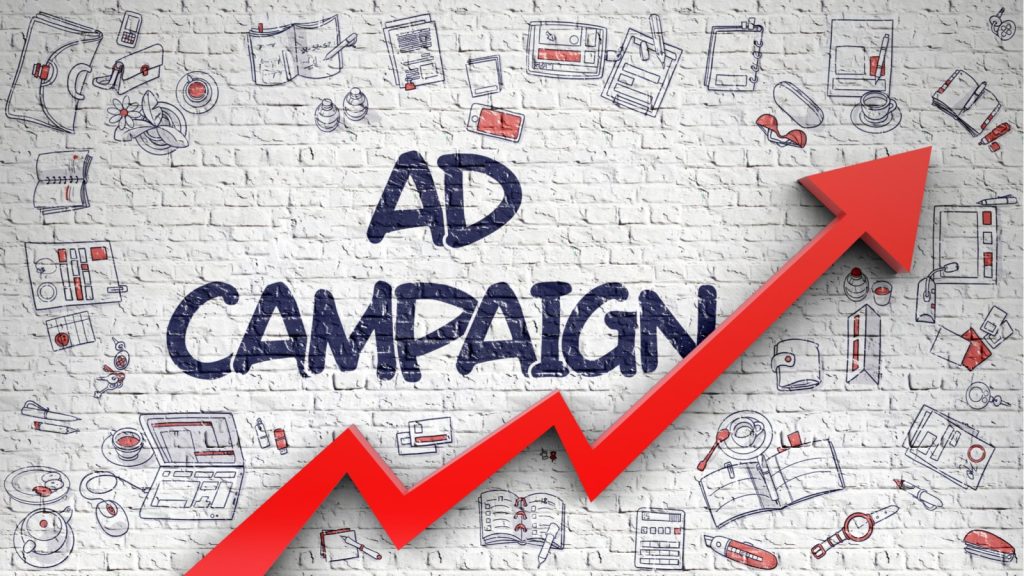Beyond Facebook Advertising for Integrated Digital Campaigns
Most marketers already understand that growing consumer concerns over data privacy have prompted new regulations. Now, the issue has even sparked device updates from manufacturers. Beyond regulations, these companies want to satisfy their customers by offering additional privacy protection. This has an effect on your integrated digital campaigns in more ways than one.

